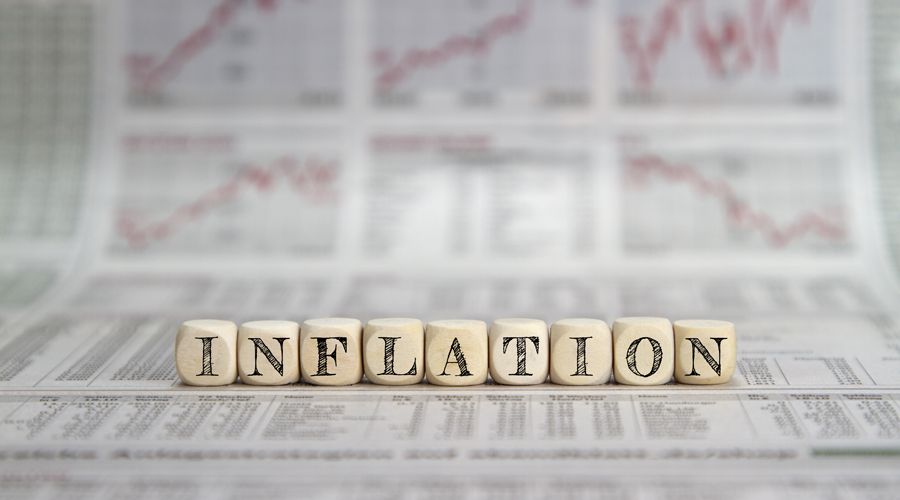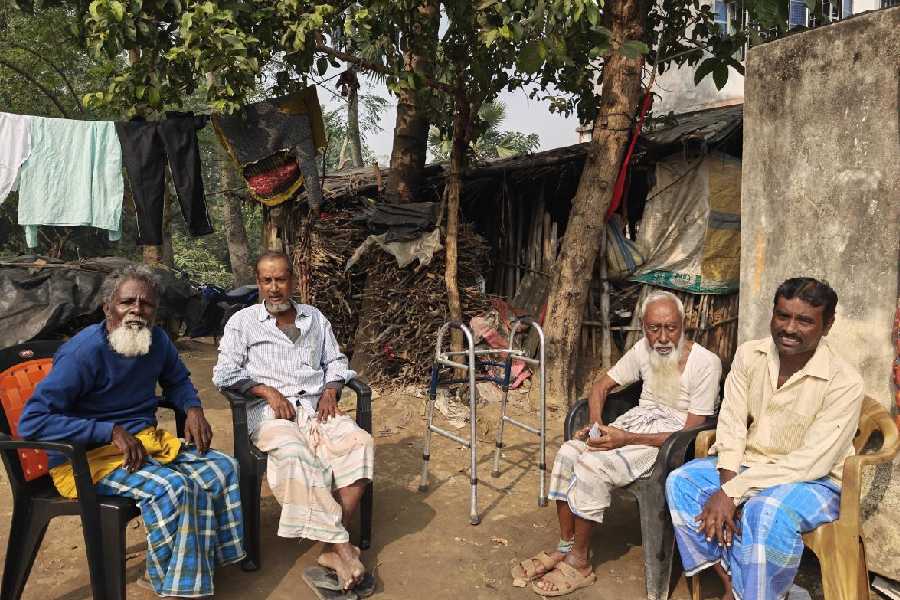Retail inflation eased to 7.04 per cent in May, mainly on account of softening food and fuel prices as the government as well as the RBI stepped in to control spiralling price rise by way of duty cuts and repo rate hike.
However, the inflation print stayed above the Reserve Bank's upper tolerance level of 6 per cent for the fifth month in a row. This may prompt the central bank to further hike the repo rate at its next policy meeting in August.
Earlier last week, the Reserve Bank in its bi-monthly monetary policy review raised the benchmark repo rate -- at which it lends short term money to banks -- by a sharp 0.50 per cent to 4.90 per cent to rein in spiralling prices. It followed an off-cycle meeting on May 4, when the central bank hiked the repo rate by 0.40 per cent.
The Consumer Price Index (CPI) based retail inflation was 7.79 per cent in April. In the year-ago month of May 2021, retail inflation stood at 6.3 per cent.
Inflation in the food basket in May 2022 was at 7.97 per cent, down from 8.31 per cent in the previous month, as per data released by the National Statistical Office (NSO) on Monday.
The food basket has weightage of 39.06 per cent in the overall CPI.
As per the data, the inflation print in 'cereals and products' segment eased to 5.33 per cent in May as against 5.96 per cent in the preceding month, while that for 'oil and fats' softened to 13.26 per cent from 17.28 per cent.
The rate of price rise for fruits slowed to 2.33 per cent from 4.99 per cent. However, vegetable prices accelerated 18.26 per cent as against 15.41 per cent in April.
Among others, the prices of eggs and 'pulses and products' showed deceleration, with negative inflation prints of (-)4.64 per cent and (-)0.42 per cent, respectively.
In the 'fuel and light' category, inflation during the month softened a tad at 9.54 per cent from 10.80 per cent in April.
"In the coming months, the spillovers from global commodity and food prices would continue to add stress to domestic prices. We thus do not see India's inflation cooling down in the near term and in such a scenario maintaining the strength of domestic demand will be crucial from policy perspective," said Vivek Rathi, Director-Research, Knight Frank India.
The Reserve Bank, which factors in the CPI in its monetary policy, had earlier this month raised the inflation forecast for the current financial year to 6.7 per cent from its previous estimate of 5.7 per cent.
As per the RBI's projections, inflation in the first quarter of the fiscal is likely to be 7.5 per cent and at 7.4 per cent in the following three months. It is expected to decline to to 6.2 per cent and 5.8 per cent in the third and fourth quarters, respectively.
The government has tasked the RBI to ensure inflation remains at 4 per cent with margin of 2 per cent on either side.
"Overall we expect CPI inflation to average 6.5 per cent, although risks remain on the upside depending on the evolving geopolitical and global tightening process.
"Even as the headline inflation is expected to be softer than RBI's 1Q readings, the need for frontloaded actions remains intact. We thus continue to see repo rate at 5.75 - 6 per cent by end of FY2023," said Upasna Bhardwaj, Chief Economist at Kotak Mahindra Bank.
The rate hike by RBI in May was followed by government intervention when it cut the excise duties on diesel and petrol. Diesel is the main transport fuel in India which directly impacts the transportation cost of almost all commodities across the country.
The government also reduced import duties on edible oils such as soyabean and sunflower in May to ease the burden on consumers due to costlier food items in late May.
Aditi Nayar, Chief Economist, ICRA, said unless the June 2022 CPI inflation accelerates considerably from the May print, the average inflation for Q1 FY2023 could undershoot the RBI's forecast of 7.5 per cent for this quarter, assuaging fears of sharp tightening in the August 2022 review.
"We maintain our view that the MPC will increase the policy rate by 35 bps/basis points (0.35 per cent) and 25 bps (0.25 per cent), respectively, in the next two policy reviews, followed by a pause," she added.
Madhavi Arora, Lead Economist, Emkay Global Financial Services, said the triple whammy of commodity-price shocks, supply-chain shocks and resilient growth, has shifted the reaction function in favour of inflation containment.
While August may see another front-loaded hike of 25 bps, FY23 could see overall rates going up by another 75 bps-plus, Arora said.
"Today's data was better than the market consensus and suggest downward bias to RBI's 1QFY23 forecast of 7.5 per cent (7.3 per cent as per our projections).
"If so, we think a maximum of 25 bps rate hike could materialize in August 2022, after which the RBI should take a pause. Or, the RBI could pause in August itself and assess the situation before hiking rates further," said Nikhil Gupta, Chief Economist, MOFSL group.











